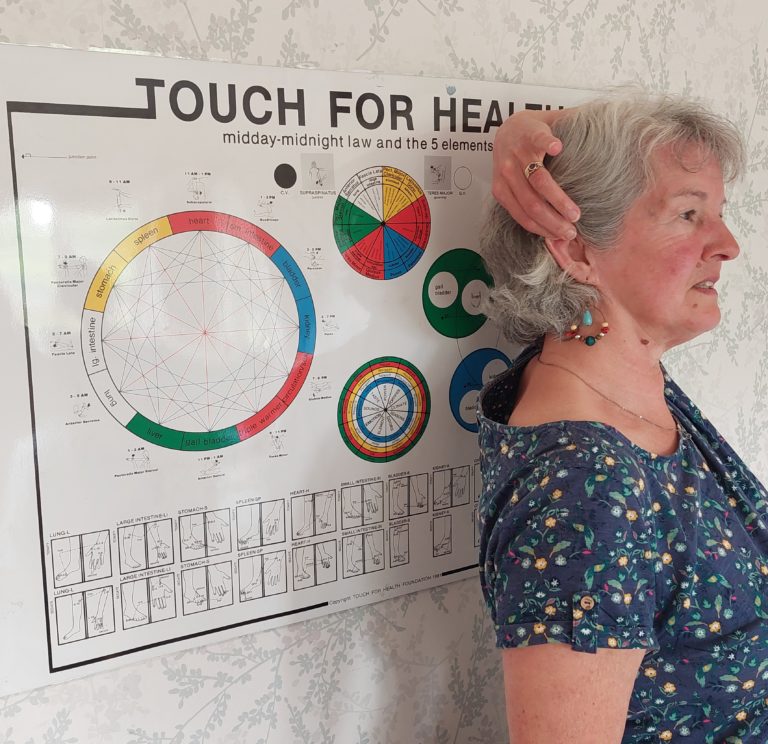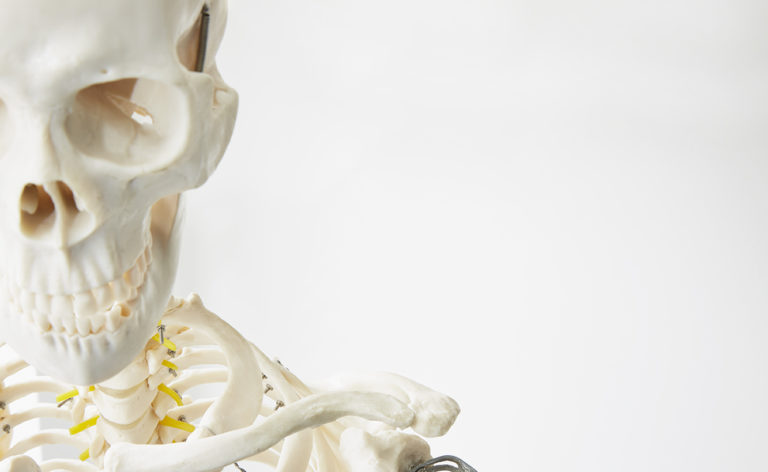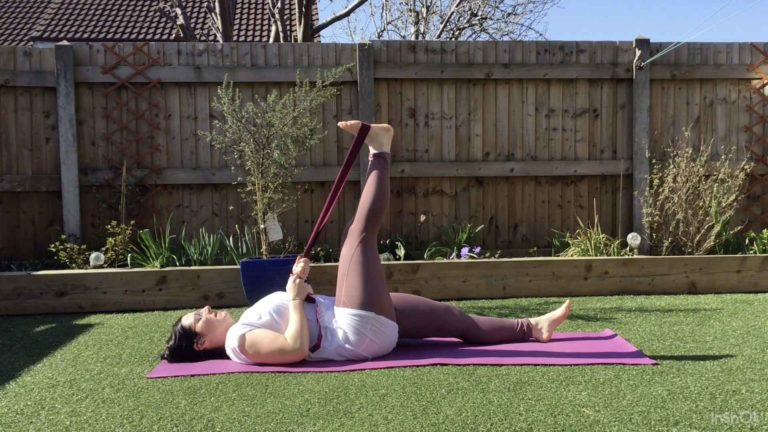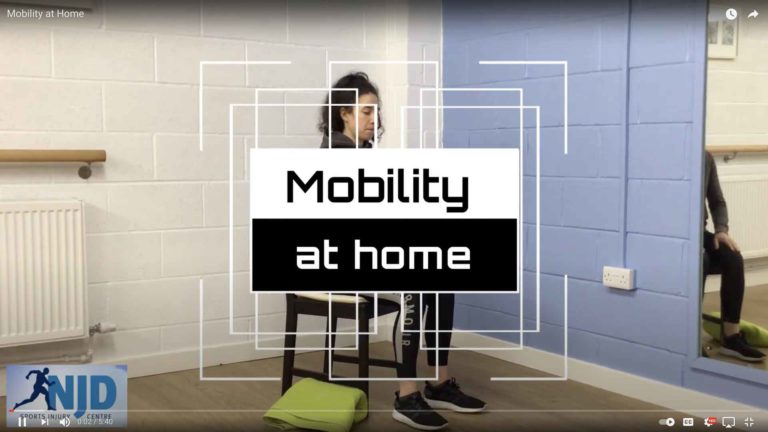When you can’t clear that long standing hip pain, back pain headaches and jaw pain.
When you have done the testing and assessing, you can’t find just what is causing the problem!
When the pain is moving around the body.
When the patient in front of you has tried Physio, acupuncture, multi body work techniques and they have heard your good so they’re giving you a try.
We want to help, question, do we? Are they so locked in their pain and dysfunction; they feel over whelming? Do we choose as therapist to take these folks on?
Here’s my confession, I love these folks, I love thinking through how I can help, what did all the other therapists miss……here’s my check list. Often people have missed asking this question.
Clearly some of these are gender dependent
- Do you have children? How was childbirth?
- What sport did you play as a child?
- Were you ever! Involved in a road traffic accident?
- Have you ever been physically assaulted as a child/adult?
- Have you ever been bullied? As a child or adult?
- Have you ever fallen out of tree, off a rock climbing or pony club?
- Have you ever felt so stressed you have needed time of work, or an extended holiday?
- Have you ever been so frightened or fearful that you might not survive the moment you’re in?
- Do you have any scars? from childhood, surgeries,
These questions in my experience have not always been asked.
All these incidents can cause if unaddressed tension and compression throughout the body, often accumulating in the mid body/abdominals
People find ways to unconsciously compensate, it usually involves at lot of holding firm, at an unconscious level. Resulting in
- Altered gate = foot pain in the beginning
- Unexplained knee pain = more disruption in the pelvis
- Lumber pain due to altered gait
- Kyphotic posture with a forward head = digestive issues, tight breathing, holding breath.
- Tightness or holding in the TMJ (jaw) = headaches and shoulder pain.
It’s all down to whether you are willing as a therapist to hear the whole story, be open to the whole story of their body. Be open with no judgment, offering curious compassion.
When there have been years of holding the nervous system becomes the first point guard, first line of defence, creating pain to stop the body moving so it can move with the ‘holding’. Sometimes the pain experience is huge for the patient.
Here’s a good place to start.
- Ask them what would be a good outcome for them?
- Ask them what be a great outcome for them?
Sometimes in the beginning small changes, indicate that greater changes can come.
I explain once the whole story is told. Here’s what I think, based on my experience.
- Small steps so we don’t set up a fear response in the nervous system.
- Would reducing the pain be a good outcome? even though I may not be able to change the soft tissue injury.
- Explain the treatment is going to be as pain free as possible so it doesn’t pose a threat your nervous system.
- You oversee your recovery.
- Are you ready to take on small movements at home to support your recovery?
I always start with holding the feet, and slow moving on I create a ‘recipe’ that is just for them which could contain all the below.
All from a supine position
- Holding the feet, allowing the nervous system to feel input that isn’t a threat.
- HM soft tissue mobilisations for calf’s, hamstring, and quads
- Abdominal massage NIM style
- HM soft tissue for neck and jaw.
I find this begins to calm the nervous system. Them being open to the plan changing as change begins to take place is key.
Having the confidence in your science to back up what you may find, and feel is also key to successful treatment.
Not joined up yet?
There’s plenty of reasons to join the LCSP Register
Insurance Partners
Our dedicated team can tailor individual policies to suit your specific needs
Workshops
Keep your skills up to date with CPD Workshops and courses
Business Support
Advice tailored to working in the private sector
Find a Therapist
Our directory of therapists searchable by the general public
Welfare Officer
Supporting members who may have situations of difficulty where they need assistance, guidance or reassurance.






